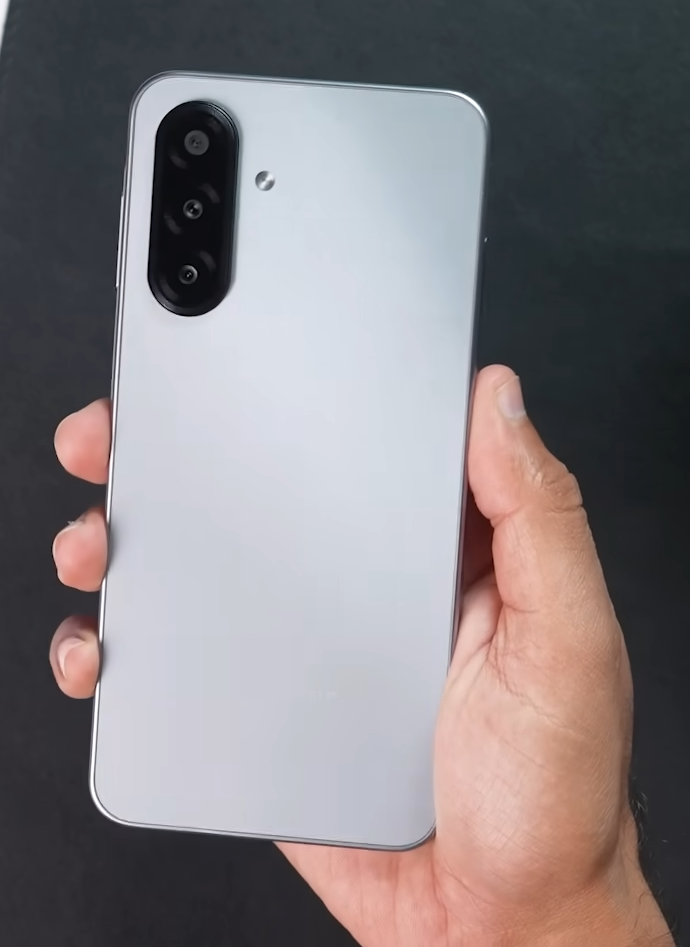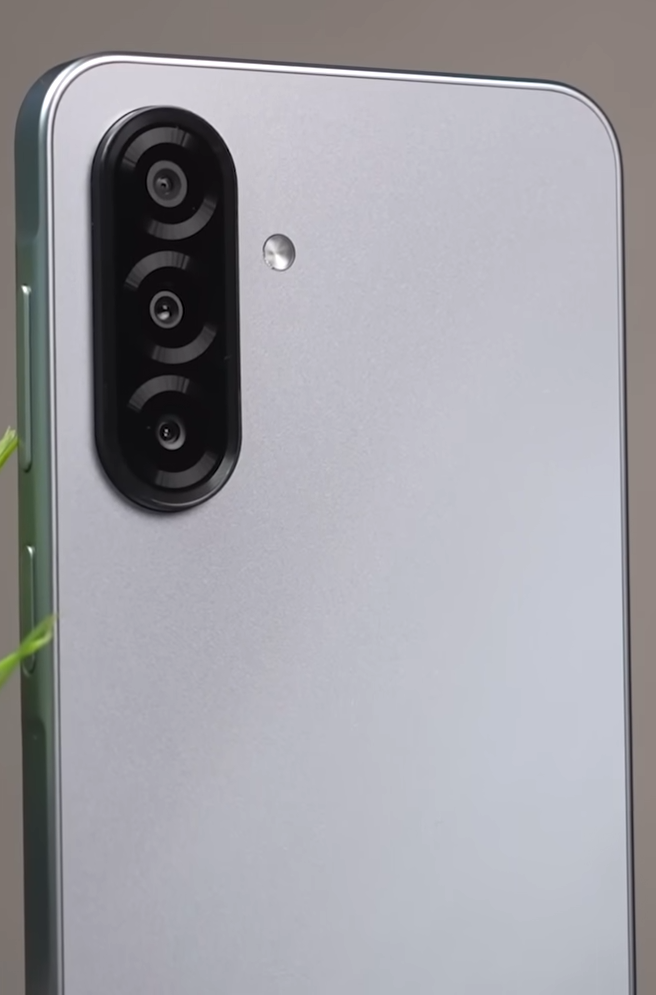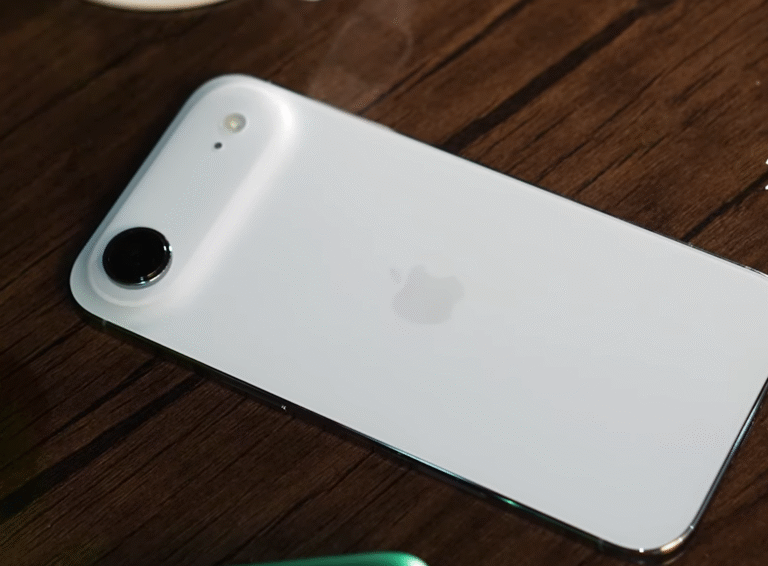
Samsung has introduced the Galaxy A17, the latest addition to its mid-range A-series lineup, and it’s finally available in the Pakistani market. The phone comes in two variants: 6GB RAM with 128GB storage and 8GB RAM with 256GB storage, both available at competitive retail prices. Offline markets also offer some discounts depending on your location, so it’s worth checking with local retailers before buying.
But the question many users are asking is — how much of an upgrade is the Galaxy A17 over the Galaxy A16? Let’s break it down step by step.
Design Upgrade: A Fresh Look with Subtle Refinements

Starting with the design, Samsung has made noticeable improvements over the Galaxy A16. The earlier A16 featured a circular camera setup, but the A17 now introduces a refined vertical camera island — what Samsung calls a 2.0 island design. This gives the phone a more modern and premium appearance.
The back panel is still plastic, but the overall finish feels smoother and more comfortable in hand, thanks to the slightly curved edges. The frame is also made of plastic, but it now has a flat-body profile, giving the phone a sleeker aesthetic.
In terms of build quality, the Galaxy A17 comes with an IP54 rating for dust and splash resistance — a feature carried over from the previous model. Samsung has also managed to reduce both the weight and thickness. The new model measures 7.5mm thick (down from 7.9mm) and weighs about 191 grams, which makes it lighter and easier to handle compared to the A16’s 201 grams.
These subtle adjustments make a big difference in day-to-day use, providing a better grip and a more balanced feel.
Display: Brighter and Better Protected

Samsung continues its use of the Super AMOLED display, retaining the 6.7-inch Full HD+ panel with a 90Hz refresh rate. While the core specs remain unchanged from the A16, the A17 offers a noticeable upgrade in display protection.
The screen is now protected by Gorilla Glass Victus Plus, which provides better scratch resistance and smoother touch feedback compared to the A16. This small but important change ensures better durability and long-term reliability.
Brightness levels are impressive for outdoor use, and users can comfortably enjoy OTT platforms in Full HD or YouTube at 1440p resolution. As before, there’s no Always-On Display feature, and the phone continues to use a side-mounted fingerprint sensor.
Performance: Powered by MediaTek G99
Under the hood, the MediaTek Helio G99 chipset powers the Galaxy A17 — the same chip used in the Galaxy A16. Although some might expect a processor upgrade, the G99 still performs reliably well in 2025 for a mid-range smartphone.
When compared to Qualcomm’s Snapdragon 685, the G99 offers better GPU performance and smoother handling of daily tasks. While newer chipsets like the G200 exist, the difference in day-to-day use remains minimal.
The A17 also comes with UFS 2.2 storage and LPDDR4X RAM, which contribute to faster data access and improved multitasking. Benchmark tests show scores of around 550,000 points, confirming decent mid-range performance.
Gaming is smooth up to 60fps on most titles, and users can expect lag-free multitasking with apps, browsing, and streaming.
The Galaxy A17 runs on Android 15 with One UI 7, and Samsung promises six years of OS and security updates, which is one of the best software support policies in this segment — adding huge long-term value for users.
Camera: Optical Image Stabilization and Better Low-Light Shots
 x
x
One of the biggest upgrades on the Galaxy A17 lies in its camera department. The phone features a 50MP main sensor with Optical Image Stabilization (OIS), a 5MP ultra-wide lens, and a 2MP depth sensor. On the front, there’s a 13MP selfie camera that supports 1080p video recording at 30fps.
OIS now provides a noticeable improvement in low-light photography, minimizing blur and delivering more stable shots. Samsung continues to maintain its signature natural skin tones and balanced color profiles, while the dynamic range has been slightly improved through post-processing enhancements.
Overall, images look crisp and well-detailed, and the improved sensor setup ensures more reliable photo results across lighting conditions.
Battery and Charging: Same Capacity, Faster Experience
The Galaxy A17 houses a 5000mAh battery — identical to its predecessor — with support for 25W fast charging. However, Samsung doesn’t include a charger in the box, so buyers will need to purchase one separately.
Despite that, charging speeds are efficient — the battery reaches 100% in about 1 to 1.25 hours with the official Samsung 25W charger. The battery easily lasts a full day with moderate to heavy use, and Samsung’s optimization within One UI 7 further enhances standby performance.
Connectivity and Additional Features
In terms of connectivity, the Galaxy A17 supports 4G+ with carrier aggregation, providing better signal stability and faster mobile data speeds. The phone also includes NFC support, allowing for contactless payments — a feature not always available in competing phones within this price range.
As with all Samsung devices, the dialer app does not allow call recording due to privacy policies. However, the device includes both side-mounted fingerprint and face unlock for convenient and secure access.
Final Verdict: A Smart Upgrade or Minor Refresh?
The Samsung Galaxy A17 brings several meaningful refinements — especially in design, display protection, and camera stability — while keeping its strong foundation of performance and software support intact.
While it doesn’t introduce groundbreaking changes from the A16, the polished design, Gorilla Glass Victus Plus, OIS camera, and six years of updates make it a solid upgrade for anyone looking for long-term reliability in a mid-range smartphone.
If you already own the A16, the jump might feel incremental. But for new buyers or those using older Galaxy models, the A17 offers one of the most balanced mid-range experiences in Samsung’s lineup — stylish, secure, and built to last.



